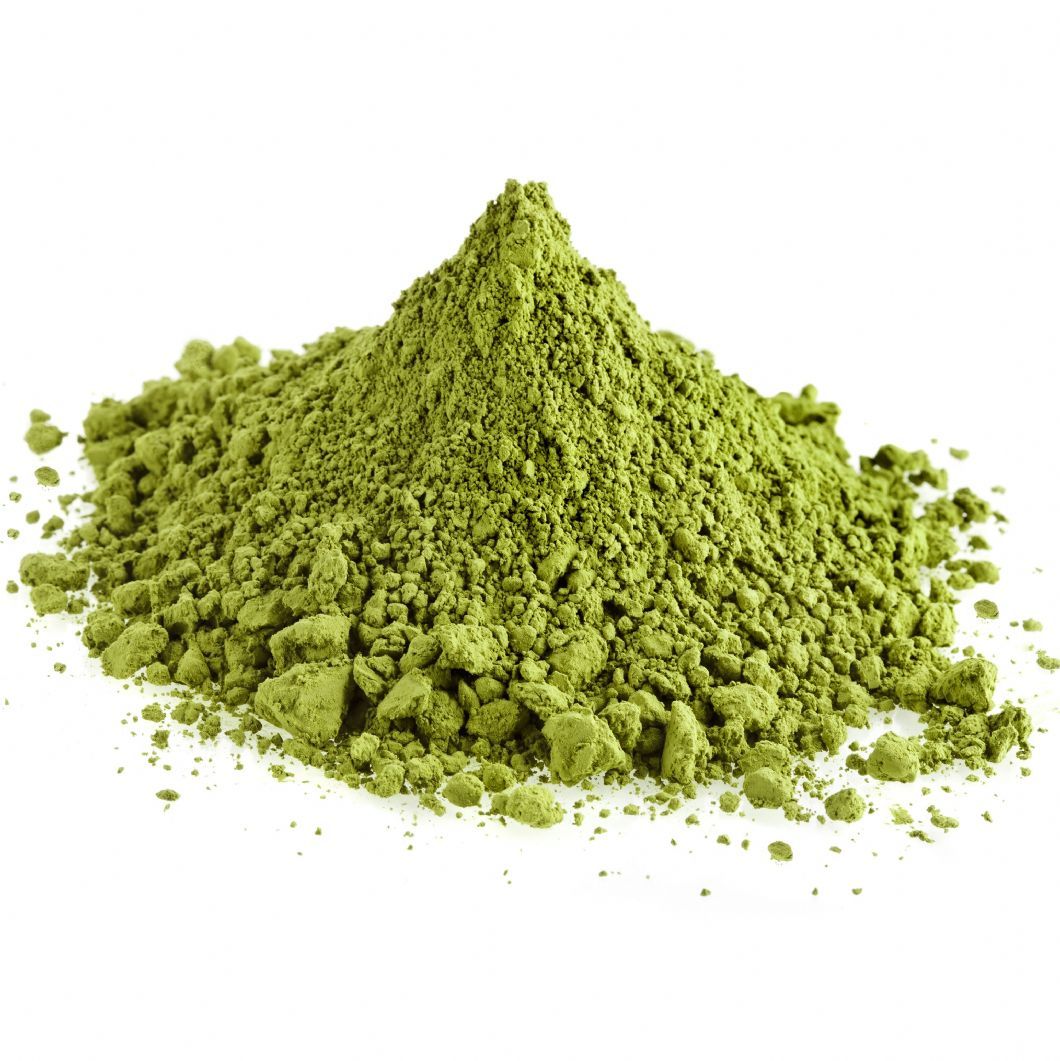No products in the cart.
The origin of the plant and its first “admirers”
The origin of the plant and its first “admirers”
Behind the enviable physical form of Fidel Castro, lived up to 90 years, was hidden (according to many) a natural secret: the Moringa Oleifera of which, the former Cuban president, would own a private plantation. Plant of which the FAO promoted the cultivation, considering it a food rich and complete: a valuable aid to address malnutrition around the world.
Emerald leaves, white flowers, flavour reminiscent of asparagus, height that can reach 10 meters… this plant, known as “miraculous tree” or “the tree of life”, belonging to the family of the Moringaceae, grows in India and in the foothills of the Himalaya and is mostly cultivated in the equatorial and tropical areas of the planet (Ethiopia, Philippines, Sudan) and in South America (Cuba, Dominican Republic, Paraguay and Argentine).
Moringa’s fruits, leaves and seeds can be eaten; in our Country, usually is found in the shape of powder (to be added into fresh smoothies), tablets, liquid extract, seeds (to be consumed as they are or toasted), tea and oil (pretty good as dressing). They are available in pharmacies, herbalist’s shops and in online stores of natural products.

Called in different ways (Drumstick tree, Horseradish tree, Ben-oil tree, Benzolive tree, Moringa Moringa ailée, Murungai, Mouroungue, Merrettichbaum, Moringueiro, Quiabo da Quina, Maranga, Mlonge, Mronge, Mzunze, Sigru, Malunggay …), the Moringa is used in the Ayurvedica Medicine against fever, colds and flu, articular pains and gout. The leaves are a valuable source of proteins, useful to prevent malnutrition due to food scarcity; the infusion of the leaves is used in different places to reduce the blood sugars, to stand against the hypertension and in the treatment of certain respiratory disorders such as bronchitis, tuberculosis and malaria.
Considered a useful feverish remedy, antidiarrheal, anti-infective in case of ocular and auditory disease; it has flowers with tonic properties, diuretic and cholagogues; the unripe fruit instead is often used as a liver tonic and as an anthelmintic at the intestinal level. The seeds, as the traditions of the local people tell us, are used to improve couple’s relationship.

Moringa’s powder could be ingested and applied locally on the skin in case of abscess, gingivitis, dandruff, bites, warts and wounds. Moringa’s plant has various culinary application. In Bangladesh, for example, it is used for a wide range of dishes based on curry, mixed with coconut, poppy’s seeds and mustard. It is also employed in the preparation of various typical dishes (sambars, kormas and dals) and even to flavour the cutlets.
In Cambodia, with Moringa tree’s leaves are prepared tasty soups with mixed vegetables; in Maldives is used in a rice soup prepared for breakfast during Ramadam. One of the most famous dishes is a Thai curry prepared with fish and Moringa’s pods.
In Philippines, with the leaves they make the tinola, a typical dish based on chicken, with stock, papaya and Moringa’s leaves; Moringa’s juice, mixed with lemon juice, is perfect to prepare icicles and cold drinks.